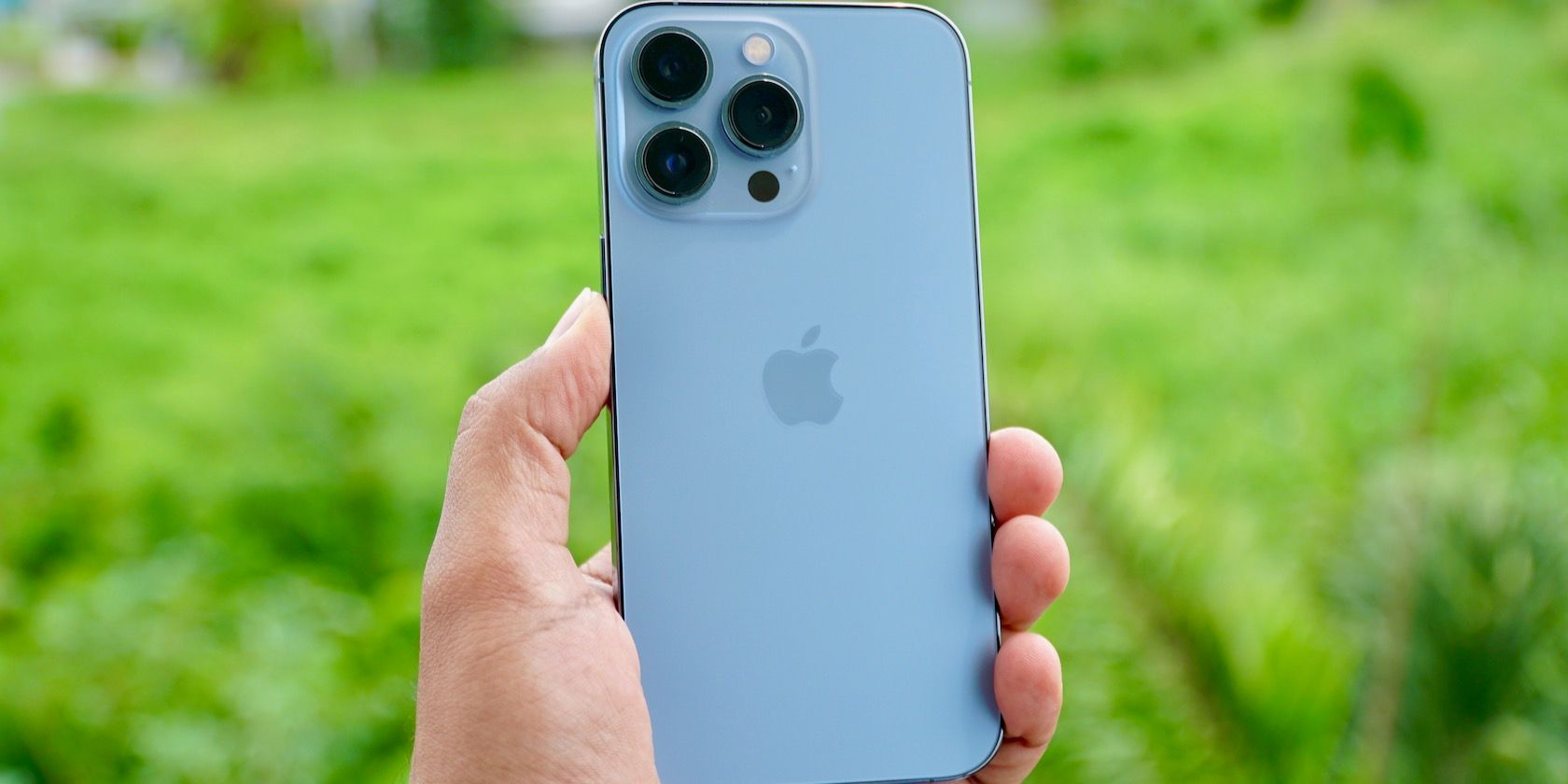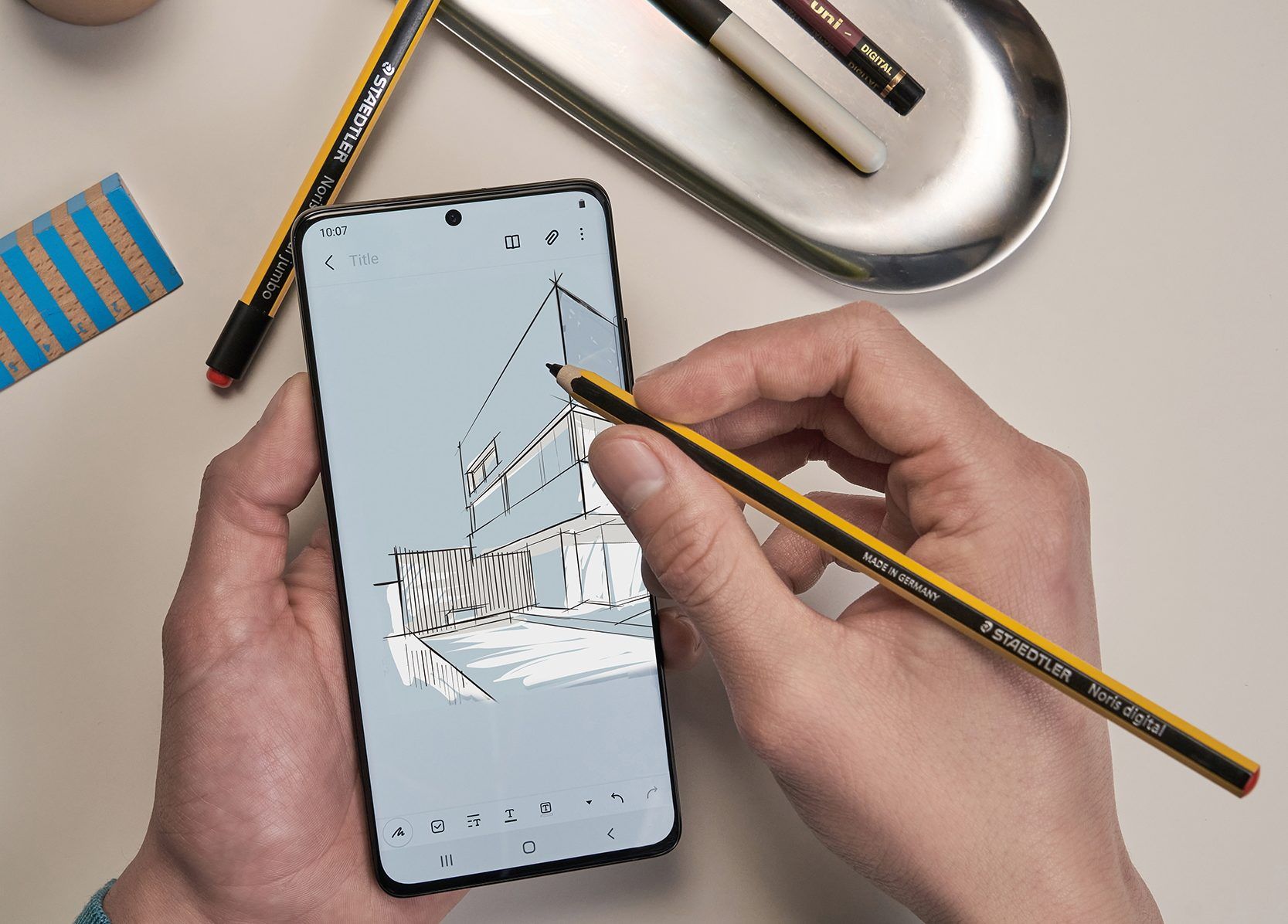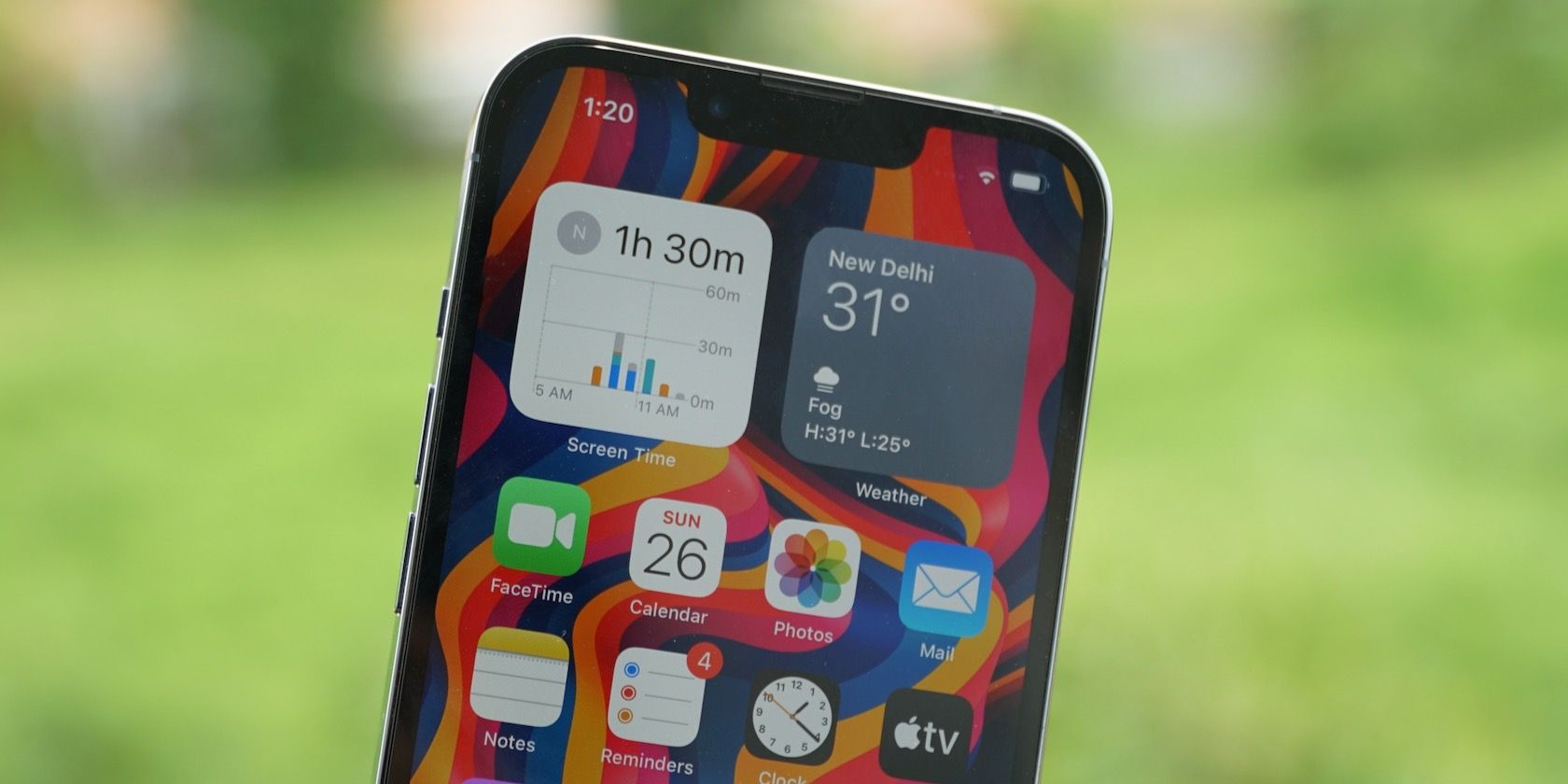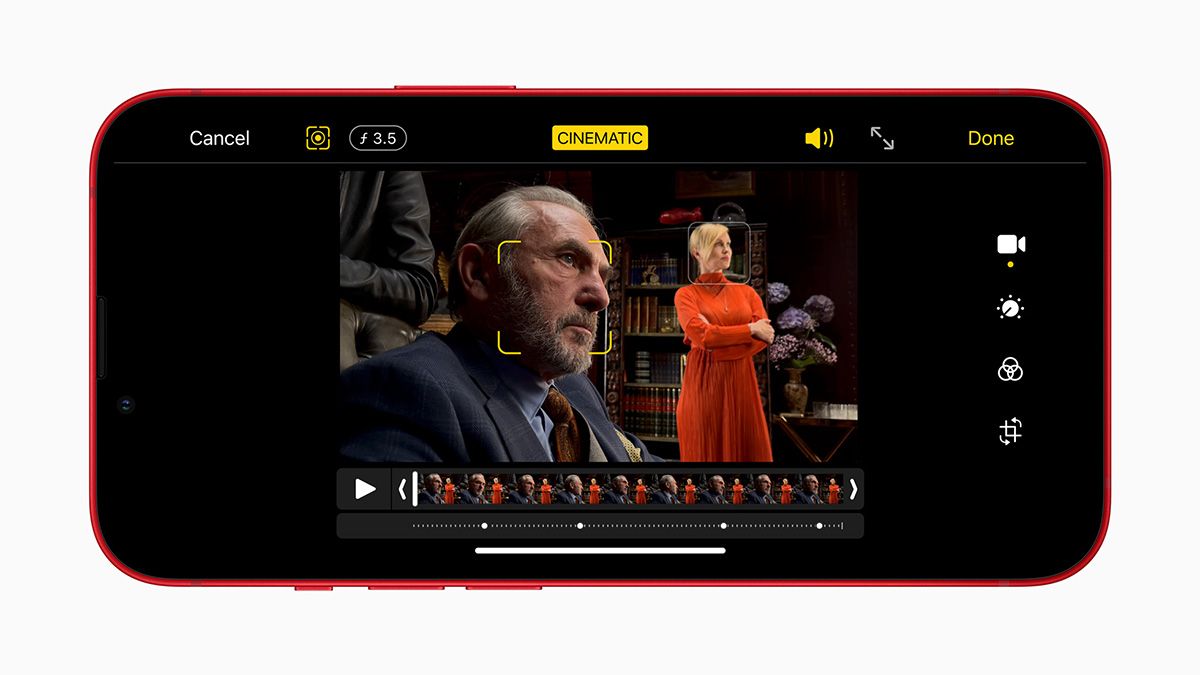The iPhone 13 and iPhone 13 Pro bring several new features and changes to the table compared to their predecessors. They feature brighter displays, better cameras, longer battery life, a smaller notch, and more.
For someone who has always used an iPhone, these iPhone 13 improvements might seem like a big deal. However, many of the newest iPhone 13 features have been present in Android phones for years.
In many ways, Android devices are ahead of iPhones in adopting cutting-edge features. They are available with bigger, notchless displays, they offer up to six times faster charging, and so much more. So, below is a roundup of some new iPhone 13 features that Android devices have had for years now.
1. A High Refresh Rate Display
One of the highlights of the iPhone 13 Pro series this year is its 120Hz ProMotion display. This allows the display to dynamically adjust the refresh rate from as low as 10Hz to as high as 120Hz, to deliver improved smoothness and longer battery life.
Android phones, however, started the high refresh rate trend back in 2019. The OnePlus 7T was among a few smartphones to launch with a 90Hz display that year, while Samsung launched the Galaxy S20 series in early 2020 with a 120Hz display.
With the Galaxy Note 20 Ultra launch in late 2020, Samsung became the first Android manufacturer to release LTPO OLED panels with dynamic refresh rate switching. Since then, the OnePlus 9 Pro, OPPO Find X3, and many other Android phones have also launched with 120Hz LTPO displays.
Adding insult to injury, Apple has kept the 120Hz ProMotion display exclusive to its iPhone 13 Pro lineup, which starts from $999. On the Android front, though, even mid-range smartphones priced at $300 are now coming with 120Hz OLED displays.
2. A Smaller Notch
The iPhone X was among the first devices to hit the market in 2017 with a notch taken out of the screen, after which Android devices also jumped on the bandwagon.
Fast-forward four years later, and Apple has only managed to make the notch 20% smaller on the iPhone 13 series, while some Android devices have done away with it for good. Samsung ditched the notch in 2019 with the launch of the Galaxy S10 series and switched to a punch-hole design to accommodate the selfie camera, while the OnePlus did it even earlier in late 2018.
Rumors suggest Apple could ditch the notch with the iPhone 14 series in 2022, but even that's not confirmed yet.
3. 128GB Base Storage
With the iPhone 13 and iPhone 13 mini, Apple finally bumped the base storage across the board for its iPhone lineup to 128GB. That might seem like a generous move from the company, but Android device manufacturers have been far ahead of Apple in this regard for years.
Samsung has been shipping its flagship Galaxy S devices with at least 128GB base storage since 2019. OnePlus, too, has been shipping its premium devices with 128GB base storage, starting with the OnePlus 6T in late 2018.
The only advantage Apple has in terms of storage is that it offers the iPhone 13 Pro series with up to 1TB storage, an option that's not available with major Android flagships.
4. 3x Telephoto Zoom
The iPhone 13 Pro and iPhone 13 Pro Max feature an improved telephoto camera that offers 3x optical zoom, up from the 2.5x zoom offered by the iPhone 12 Pro Max. Apple made a big deal of this at the iPhone 13's launch event. However, the reality is that Android phones have been offering 5–10x optical zoom for over a year already.
The Huawei Mate 20 Pro, which launched in October 2018, was among the first Android flagships to offer 3x optical zoom. Since then, Samsung, Huawei, and OPPO have managed to fit periscope telephoto cameras into their premium devices, which offer up to 10x optical and 30–100x digital zoom.
That's not all. Apple also added Night mode support to the telephoto camera on the iPhone 13 Pro this year. Again, this is a feature that has been present on Android devices for the last few years. In fact, Samsung added Night mode support for the telephoto camera on the Galaxy S9 and Note 9 in late 2019 with a software update, a year after these devices first launched.
In contrast, Apple wants you to buy a new iPhone 13 to enjoy any camera improvements it makes to this mode.
5. A Macro Camera
The 12MP ultra-wide camera on the iPhone 13 Pro and Pro Max have a minimum focusing distance of 2cm. This means you can use the ultra-wide camera to take macro shots of subjects near you.
Again, this is a feature that has even been found in Android devices costing $300 or less for the last couple of years. In fact, most budget and mid-range Android smartphones come with a dedicated macro camera already.
6. Cinematic Video Recording
One of the highlights of the iPhone 13 series is the Cinematic mode video recording feature. This allows the new iPhones to add background blur to videos to better separate the subject from the background, similar to portrait photos.
Contrary to what Apple might have said during the iPhone 13's launch event, something similar to Cinematic mode has been present on Android devices, known as Bokeh video recording, for at least a few years now. In fact, the feature has been commonplace on many premium or mid-range Android devices from Realme, OPPO, and Xiaomi since 2020.
Superior Hardware Is Not Everything
The above list in no way means that iPhones are behind Android devices in terms of hardware. Apple is known to adopt technology only after it has matured, instead of adopting it in its infancy.
The company tends to nail the implementation in its first attempt, unlike Android manufacturers, who tend to adopt tech quickly and then refine it with future iterations of their devices.






